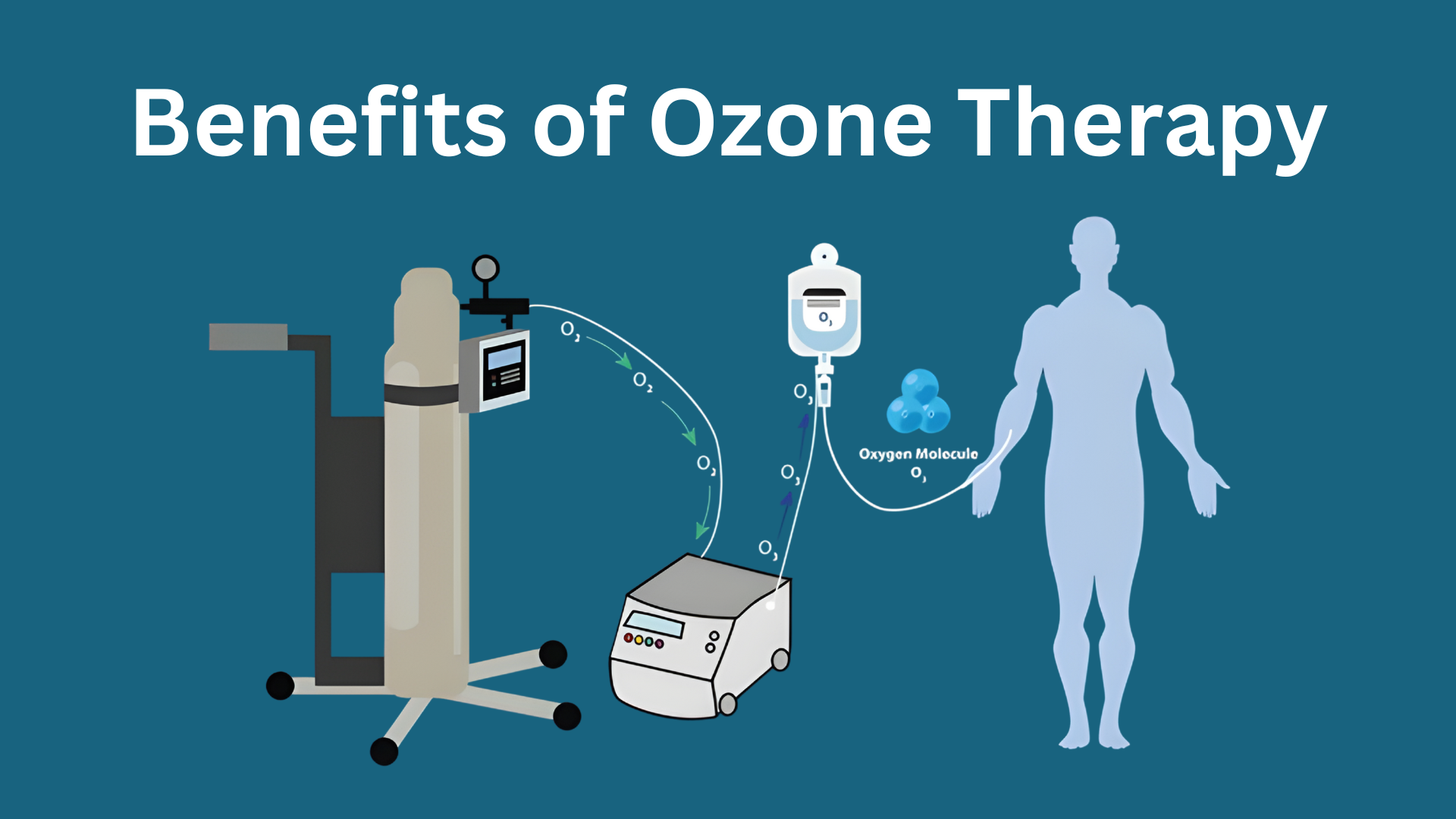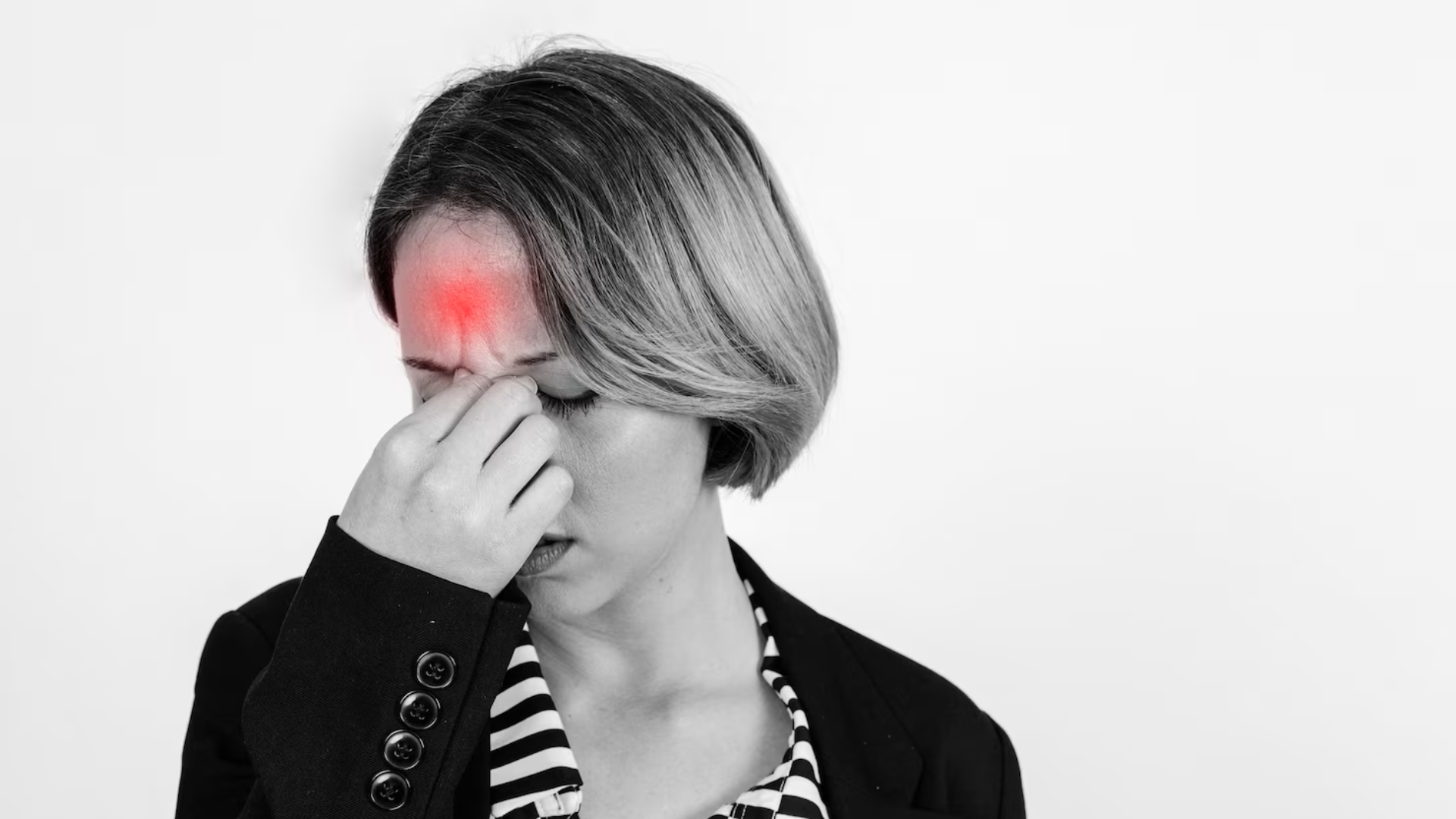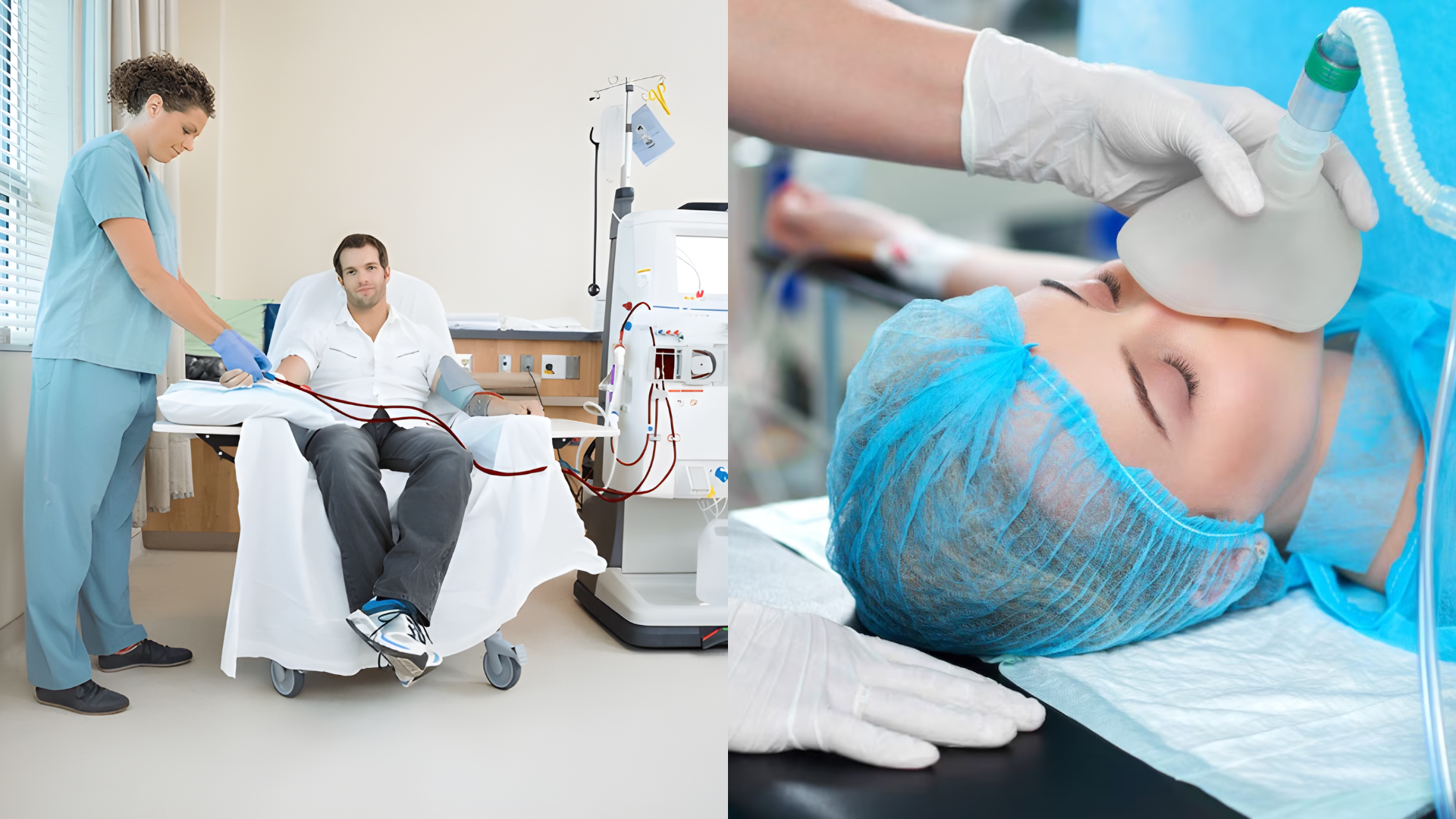Are you curious about alternative medical treatments that claim to boost your immune system, fight infections, and improve overall health? If you’ve heard about ozone therapy or EBOO treatment but aren’t sure what they involve or whether they might be right for you, you’re not alone. These treatments are gaining attention in the world of integrative and alternative medicine, yet many people remain unclear about what they actually are and how they work.
Ozone therapy involves the medical use of ozone gas to treat various health conditions. This approach has been used in some parts of the world for over a century, though it remains controversial in mainstream medicine. The treatment is based on the idea that ozone can help the body fight infections, improve oxygen utilization, and support the immune system’s natural healing processes.
EBOO treatment (Extracorporeal Blood Oxygenation and Ozonation) represents one of the most advanced forms of ozone therapy available today. This sophisticated treatment involves removing blood from the body, treating it with ozone outside the body, and then returning the ozonated blood to the patient. It’s considered by practitioners to be one of the most effective ways to deliver ozone therapy’s potential benefits.
In this comprehensive guide, you’ll learn everything you need to know about ozone therapy and EBOO treatment, including how they work, what conditions they’re used to treat, potential benefits and risks, and what to expect if you’re considering these treatments. Whether you’re exploring options for a specific health condition or simply want to understand these alternative therapies better, this guide will provide you with the information you need to make informed decisions about your health.
What Is Ozone Therapy?
Ozone therapy is a medical treatment that uses ozone gas (O3) to treat various health conditions. Ozone is a molecule made up of three oxygen atoms, compared to the oxygen we breathe, which has two oxygen atoms (O2). This extra oxygen atom makes ozone highly reactive and gives it unique properties that proponents believe can benefit human health.
The Science Behind Ozone
Ozone is naturally occurring in the Earth’s atmosphere, where it forms a protective layer that shields us from harmful ultraviolet radiation. In medical applications, ozone is created using special equipment that passes oxygen through an electrical field, converting some of the O2 molecules into O3.
The theory behind ozone therapy is that this highly reactive molecule can help the body in several ways. When introduced into the body, ozone is believed to break down into oxygen and other compounds that may stimulate the immune system, improve oxygen utilization at the cellular level, and have antimicrobial effects against bacteria, viruses, and fungi.
Historical Background
Ozone therapy isn’t new – it has been used medically for over 100 years. During World War I, ozone was used to treat infected wounds and gangrene. In the early 20th century, it was used to treat various infections before the widespread availability of antibiotics. Today, ozone therapy is practiced in many countries around the world, though its acceptance varies significantly between different medical communities.
How Ozone Is Administered
There are several methods for administering ozone therapy, each designed for different conditions and treatment goals:
- Ozone Insufflation: Ozone gas is introduced into body cavities such as the rectum, vagina, or ears. This method is often used for localized infections or digestive issues.
- Ozonated Water: Water that has been infused with ozone can be consumed or used topically for various conditions.
- Ozone Saunas: Patients sit in a sauna-like chamber where ozone gas is introduced, allowing absorption through the skin.
- Intravenous Methods: These include various techniques for introducing ozone directly into the bloodstream, which brings us to more advanced treatments like ozone IV therapy and ozone blood therapy.
Understanding EBOO Treatment
EBOO treatment (Extracorporeal Blood Oxygenation and Ozonation) represents the most sophisticated form of ozone therapy currently available. This advanced treatment involves removing blood from the patient’s body, treating it with ozone outside the body, and then returning the ozonated blood to the patient.
How EBOO Treatment Works
The EBOO process is similar to dialysis in that blood is removed from the body, processed, and returned. However, instead of filtering waste products like dialysis, EBOO treatment exposes the blood to ozone and oxygen in a controlled environment.
During an EBOO ozone therapy session, blood is drawn from the patient through an IV line and passed through a specialized machine. In this machine, the blood is exposed to a precise mixture of ozone and oxygen while being gently agitated to ensure thorough mixing. The treated blood is then returned to the patient through another IV line.
The Technology Behind EBOO
EBOO machines are sophisticated medical devices that carefully control the ozone concentration, blood flow rate, and treatment duration. The process typically takes 60-90 minutes, during which the patient’s entire blood volume may be treated multiple times.
The machine monitors various parameters throughout the treatment to ensure safety and effectiveness. Temperature, pressure, and ozone concentrations are all carefully controlled to provide consistent treatment while minimizing any potential risks.
What Makes EBOO treatment Different
EBOO treatment differs from other forms of ozone therapy in several important ways:
- Systemic Treatment: Unlike localized ozone applications, EBOO treatment treats the entire blood volume, potentially providing systemic benefits throughout the body.
- Controlled Environment: The blood is treated outside the body in a controlled environment, allowing for precise ozone dosing and monitoring.
- Comprehensive Exposure: Because the blood is continuously circulated and treated, virtually all blood cells are exposed to ozone during the treatment session.
- Safety Monitoring: The extracorporeal nature of the treatment allows for continuous monitoring and immediate intervention if any issues arise.
Potential Benefits of Ozone Therapy

Proponents of ozone therapy claim it can provide numerous health benefits, though it’s important to note that many of these claims are based on anecdotal reports and limited research rather than large-scale clinical trials.
Immune System Support
One of the most commonly cited ozone therapy benefits is immune system enhancement. Supporters believe that ozone therapy can stimulate the immune system in several ways:
- White Blood Cell Activation: Ozone may stimulate the production and activity of white blood cells, which are crucial for fighting infections and diseases.
- Cytokine Modulation: Some research suggests that ozone therapy might help regulate cytokines, which are important signaling molecules in the immune system.
- Antioxidant System Enhancement: Ozone exposure may stimulate the body’s natural antioxidant systems, potentially improving the body’s ability to handle oxidative stress.
Antimicrobial Effects
Benefits of ozone therapy often include its potential antimicrobial properties. Ozone is known to be effective against bacteria, viruses, and fungi in laboratory settings, leading to its use for various infectious conditions:
- Bacterial Infections: Ozone’s oxidizing properties may help eliminate harmful bacteria while potentially sparing beneficial microorganisms.
- Viral Conditions: Some practitioners use ozone therapy for viral infections, though scientific evidence for its effectiveness against viruses in humans is limited.
- Fungal Issues: Ozone therapy is sometimes used for fungal infections, particularly those affecting the skin or mucous membranes.
Circulation and Oxygenation
Another area where ozone therapy is believed to provide benefits is in improving circulation and oxygen utilization:
- Enhanced Oxygen Delivery: Proponents claim that ozone therapy can improve the blood’s ability to carry and deliver oxygen to tissues.
- Improved Circulation: Some patients report improved circulation and reduced symptoms related to poor blood flow.
- Cellular Energy Production: The theory is that better oxygenation can improve cellular energy production and overall vitality.
Detoxification Support
Many practitioners promote ozone therapy as a detoxification treatment:
- Liver Support: Some believe that ozone therapy can support liver function and help the body eliminate toxins more effectively.
- Cellular Cleansing: The oxidizing properties of ozone are thought to help break down toxins and waste products at the cellular level.
- Heavy Metal Elimination: Some practitioners claim that ozone therapy can help eliminate heavy metals from the body, though scientific evidence for this is limited.
Conditions Treated with Ozone Therapy
Ozone therapy practitioners use these treatments for a wide variety of health conditions. It’s important to understand that while some patients report improvements, the scientific evidence for ozone therapy’s effectiveness varies significantly depending on the condition being treated.
Infectious Diseases
Ozone therapy is commonly used for various types of infections:
- Chronic Infections: Some practitioners use ozone IV therapy for chronic bacterial, viral, or fungal infections that haven’t responded well to conventional treatments.
- Wound Healing: Topical ozone applications are sometimes used to promote healing of infected or slow-healing wounds.
- Respiratory Infections: Some patients seek ozone therapy for chronic respiratory conditions or recurring infections.
Cardiovascular Conditions
Some practitioners use ozone therapy for cardiovascular health:
- Circulation Issues: Patients with poor circulation or peripheral vascular disease sometimes try ozone therapy to improve blood flow.
- Heart Disease Support: Some alternative practitioners incorporate ozone therapy into comprehensive cardiovascular treatment programs.
Autoimmune and Inflammatory Conditions
Ozone therapy is sometimes used for autoimmune and inflammatory conditions:
- Arthritis: Some patients with rheumatoid arthritis or osteoarthritis try ozone therapy for pain and inflammation relief.
- Autoimmune Disorders: Various autoimmune conditions are sometimes treated with ozone therapy, though scientific evidence is limited.
Understanding the Risks and Side Effects

Like any medical treatment, ozone therapy can have risks and side effects. Understanding these potential issues is crucial for anyone considering these treatments.
Common Ozone Therapy Side Effects
- Herxheimer Reaction: Some patients experience what’s called a Herxheimer reaction, which can include fatigue, headache, and flu-like symptoms. This is thought to occur when the body is processing toxins or dead microorganisms.
- Fatigue: Many patients report feeling tired after ozone treatments, which practitioners often attribute to the body’s healing processes.
- Digestive Issues: Some people experience nausea, stomach upset, or changes in bowel movements after ozone therapy.
- Skin Reactions: Topical ozone applications can sometimes cause skin irritation or redness.
More Serious Potential Risks
Respiratory Issues: Inhaling ozone can be harmful to the lungs and respiratory system. Proper ozone therapy should never involve directly breathing ozone gas.
- Oxidative Stress: While controlled oxidative stress may be therapeutic, excessive ozone exposure could potentially cause cellular damage.
- Infection Risk: Any treatment involving IV lines or blood handling carries some risk of infection if proper sterile techniques aren’t followed.
- Interaction with Medications: Ozone therapy might interact with certain medications, particularly those that are sensitive to oxidation.
Who Should Avoid Ozone Therapy
Certain individuals should not receive ozone therapy or should only consider it under very careful medical supervision:
- Pregnant Women: The safety of ozone therapy during pregnancy hasn’t been established.
- People with G6PD Deficiency: This genetic condition affects red blood cells and can make ozone therapy dangerous.
- Certain Heart Conditions: Some heart conditions may be contraindications for ozone therapy.
- Active Bleeding Disorders: Conditions that affect blood clotting may make ozone therapy risky.
The Treatment Process: What to Expect
If you’re considering ozone therapy or EBOO treatment, understanding what the process involves can help you prepare and make informed decisions.
Initial Consultation and Assessment
Before beginning any ozone therapy, you should have a thorough consultation with a qualified practitioner:
Medical History Review: Your practitioner will review your complete medical history, including current medications, supplements, and any previous treatments.
Physical Examination: A physical exam helps identify any contraindications or special considerations for treatment.
Laboratory Tests: Blood tests may be ordered to check for conditions like G6PD deficiency and to establish baseline health markers.
Treatment Planning: Based on your condition and health status, your practitioner will develop a personalized treatment plan.
The EBOO Treatment Session
If you’re receiving EBOO ozone therapy, here’s what you can typically expect:
Preparation: You’ll be seated comfortably, and IV lines will be established in both arms – one for blood removal and one for return.
Treatment Duration: The session typically lasts 60-90 minutes, during which you can read, listen to music, or rest.
Monitoring: Your vital signs and the treatment parameters will be monitored throughout the session.
Completion: After the treatment, the IV lines are removed, and you’ll be monitored for a short period before being discharged.
Post-Treatment Care
After ozone therapy, you may need to follow certain guidelines:
Hydration: Drinking plenty of water is often recommended to help the body process and eliminate toxins.
Rest: Some practitioners recommend taking it easy for the rest of the day after treatment.
Monitoring: You should be aware of any unusual symptoms and report them to your practitioner.
Follow-up: Depending on your treatment plan, you may need multiple sessions over several weeks or months.
Red Flags to Watch For
Unrealistic Promises: Be wary of practitioners who guarantee cures or make unrealistic claims about ozone therapy’s effectiveness.
Pressure to Start Immediately: Reputable practitioners will give you time to consider your options and ask questions.
Lack of Medical Supervision: Ozone therapy should be performed under appropriate medical supervision.
Poor Hygiene or Equipment: The facility should be clean and professional, with well-maintained equipment.
Making an Informed Decision
If you’re considering ozone therapy or EBOO treatment, it’s important to approach the decision thoughtfully and with complete information.
Weighing the Evidence
Potential Benefits: Consider the reported benefits and whether they align with your health goals and needs.
Scientific Evidence: Understand that while some patients report benefits, scientific evidence for many applications is limited.
Risk-Benefit Analysis: Weigh the potential benefits against the known risks and side effects.
Alternative Options: Consider whether there are proven conventional treatments available for your condition.
Conclusion
Ozone therapy and EBOO (Extracorporeal Blood Oxygenation and Ozonation) are gaining attention in alternative and integrative medicine. These treatments have been used for many years, and many people say they feel better after trying them. However, it’s important to know that scientific research is still limited, and more studies are needed to confirm how well they work for different health conditions.
People who use ozone therapy often report benefits such as:
- Stronger immune system support
- Better circulation
- Help in fighting bacteria, viruses, and fungi
- Improved detoxification
While these potential benefits sound promising, ozone therapy can also have side effects, and it may not be suitable for everyone. Because of this, it’s important to discuss it carefully with a qualified healthcare provider before starting.
EBOO ozone therapy is one of the most advanced forms of ozone treatment. It filters and cleanses the blood while delivering ozone in a controlled, medical environment. This version of therapy may provide more comprehensive results compared to basic ozone treatments, but it also tends to be more expensive and should be performed only by experienced practitioners.
Your health is your greatest investment, so every decision should be made with good information and professional guidance. Whether or not you decide to try ozone therapy, staying informed will always help you make the best choices for your well-being.
If you’d like to learn more about ozone therapy and whether it could fit your wellness goals, At Conscious Medicine offers a balanced, integrative approach that combines the best of conventional and alternative care. Our team can help you understand the potential benefits and risks and create a personalized plan for your health.
Contact us today to schedule a consultation and explore how integrative medicine can support your journey to better health.
FAQ’s
What is EBOO Treatment?
EBOO (Ozone Blood Therapy) is a treatment where ozone gas is introduced into the bloodstream to improve oxygen circulation and boost the body’s immune system. It is commonly used to enhance overall health, fight infections, and improve energy levels.
Does EBOO Really Work?
EBOO therapy has shown promising results in improving circulation, boosting immune response, and reducing inflammation. However, like all treatments, its effectiveness can vary from person to person. It’s important to consult a healthcare professional before starting.
How Long Does an Ozone Treatment Last?
An ozone treatment typically lasts between 30 minutes to 1 hour. The number of sessions required depends on the individual’s condition and the treatment goals. Some people see results after a few sessions, while others may need ongoing treatments for more significant improvements.
Is Ozone Therapy Good for Your Skin?
Yes, ozone therapy can be beneficial for the skin. It helps reduce acne, improve skin tone, and promote collagen production. The therapy increases oxygen levels in the skin, which may improve its appearance, reduce wrinkles, and fight signs of aging.
How Does Ozone Therapy Reduce Inflammation?
Ozone therapy helps reduce inflammation by enhancing oxygen delivery to tissues, improving blood circulation, and promoting healing. It works by stimulating the body’s natural anti-inflammatory responses and enhancing the immune system’s ability to fight inflammation.
